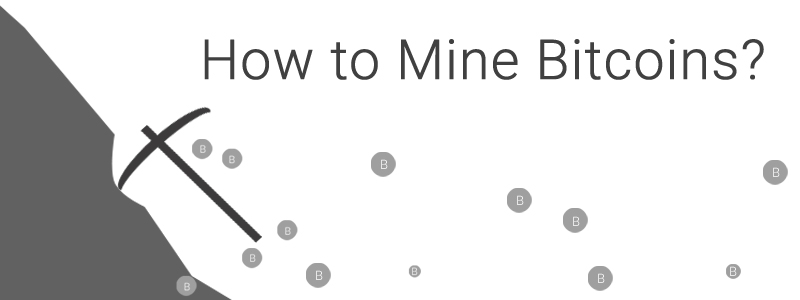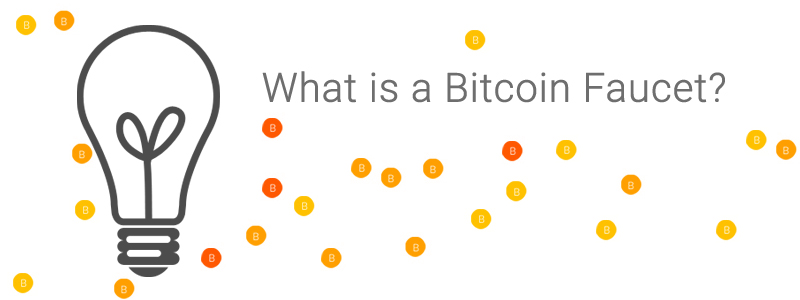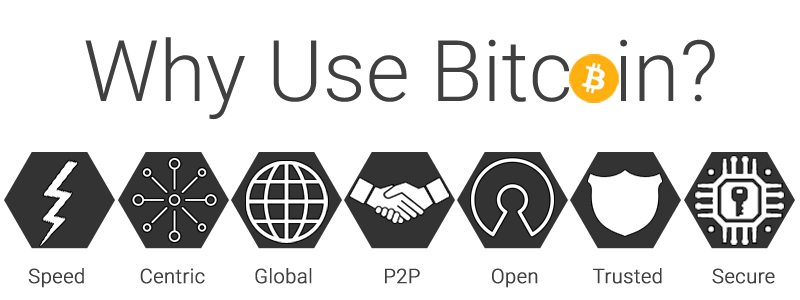Before you know how to mine bitcoins, it’s useful to understand what mining really means. Mining is the process of running SHA256 double round hash verification processes in order to validate transactions and provide the requisite security for the public ledger of the bitcoin network. Speed of hashes per seconds measure bitcoin mining.
Get Start
The bitcoin network compensates miners for their effort by releasing bitcoin to those who contribute the needed computational power. This comes in the form of both newly issued coins and from the transaction fees included in the transactions you validate when mining. The more computing power you contribute, the greater your share of the reward.
Purchasing Bitcoins – Although it’s not yet easy to buy bitcoins, it’s getting simpler every day. Here are our recommendations-
To begin mining, you’ll need to acquire bitcoin mining hardware. In the early days of bitcoin, it was possible to mine with your computer CPU or high-speed video processor card. Today that’s no longer possible. Devices based on custom ASIC chips who’s performance offers up to 100x the capability of older systems have come to dominate the industry. Mining with anything less will consume more in electricity than you’re likely to earn. It’s essential to mine with purpose-built bitcoin mining hardware. Several companies such as Butterfly Labs or Avalon offer excellent systems built specifically for bitcoin mining.
To learn more about bitcoin mining hardware, see our hardware page or compare available systems at Bitcoinx’s bitcoin hardware comparison page.
Step 1 – Download Free Software
Once you’ve received your bitcoin mining hardware, you’ll need to download a special program used for mining. There are many programs out there that can be used for Bitcoin mining, but the two most popular are CGminer and BFGminer which are command-line programs. If you prefer the ease of use that comes with a GUI, you might want to try EasyMiner which is a click and go windows/Linux/Android program.
Step 2 – Join a Mining Pool
Once you’re ready to mine, we recommend joining a mining pool like eclipsemc or eligius. Mining pools are groups of miners working together to solve a block and share in it’s rewards. Without a mining pool, you might mine for over a year and never earn any bitcoins. It’s far more convenient to share the work and split the reward with a much larger group of miners.
Step 3 – Set Up Wallet
The next step to mining is to set up a Bitcoin wallet or use your existing Bitcoin wallet to receive the Bitcoins you mine. A Bitcoin wallet is like a traditional wallet and can be software, mobile, web-based. Bitcoin hardware wallets are also available.
A unique address that only belongs to your wallet will receive bitcoins. The most important step in setting up your wallet is securing it from potential threats. And for major security enabling two-factor authentication or keeping it on an offline computer that doesn’t have access to the Internet. Download Wallet from a software client to your computer.
In traditional fiat money systems, governments simply print more money when they need to. In bitcoin, money gets discovered. Computers around the world ‘mine’ for coins by competing with each other.
How does mining take place?
Step 1
People are sending bitcoins to each other over the bitcoin network all the time, but unless someone keeps a record of all these transactions, no-one would be able to keep track of who had paid what. The bitcoin network deals with this by collecting all of the transactions made during a set period into a list, called a block. It’s the miners’ job to confirm those transactions and write them into a general ledger.

Source: Image by LauraTara from Pixabay
Making a hash of it
Blockchain is general ledger list of blocks. It used to explore any transaction made between any bitcoin addresses, at any point on the network.
Step 2
The blockchain includes new block of transactions. Creating an increasingly lengthy list of all the transactions. That ever took place on the bitcoin network. A constantly updated copy of the block is open for everyone who participates so that they know what is going on.
The trusted general ledger held all data digitally. This is where the miners come in, to offer untampered blockchain intact.
Step 3
After block of transactions, miners put it through a process. They take the information in the block, and apply a mathematical formula to it, turning it into something else. That something else is a far shorter, seemingly random sequence of letters and numbers known as a hash. Along with the block, at the end of the blockchain, this hash store at that point, in time.
Hashes have some interesting properties. It’s easy to produce a hash from a collection of data like a bitcoin block, but it’s practically impossible to work out what the data was just by looking at the hash. And while it is very easy to produce a hash from a large amount of data, each hash is unique. If you change just one character in a bitcoin block, its hash will change completely.
Miners don’t just use the transactions in a block to generate a hash. Some other pieces of data are used too. One of these pieces of data is the hash of the last block stored in the blockchain.
Step 4
Because each block’s hash is produced using the hash of the block before it, it becomes a digital version of a wax seal. It confirms that this block – and every block after it – is legitimate because if you tampered with it, everyone would know.
If you tried to fake a transaction by changing a block that had already been stored in the blockchain, that block’s hash would change. If someone checked the block’s authenticity by running the hashing function on it, they’d find that the hash was different from the one already stored along with that block in the blockchain. The block would be instantly spotted as a fake.
Because each block’s hash is used to help produce the hash of the next block in the chain, tampering with a block would also make the subsequent block’s hash wrong too. That would continue all the way down the chain, throwing everything out of whack.
Competing for coins
So, that’s how miners ‘seal off’ a block. They all compete with each other to do this, using software written specifically to mine blocks. Every time someone successfully creates a hash, they get a rewards in bitcoins, and blockahin is also fetch latest data and update it. So that, everyone on the network hears about it. That’s the incentive to keep mining and keep the transactions working.
Hurdles in Bitcoin Mining
The problem is that it’s very easy to produce a hash from a collection of data. Computers are really good at this. The bitcoin network has to make it more difficult, otherwise, everyone would be hashing hundreds of transaction blocks each second, and all of the bitcoins would be mined in minutes. The bitcoin protocol deliberately makes it more difficult, by introducing something called ‘proof of work’.
Process
The bitcoin protocol won’t just accept any old hash. It demands that a block’s hash has to look a certain way; it must have a certain number of zeros at the start. There’s no way of telling what a hash is going to look like before you produce it, and as soon as you include a new piece of data in the mix, the hash will be totally different.
Procedure
Miners aren’t supposed to meddle with the transaction data in a block, but they must change the data they’re using to create a different hash. They do this using another, random piece of data called a ‘nonce’. It get use with the transaction data to create a hash. If the hash doesn’t fit the required format, the nonce get change, and the whole thing get start to hash it again. It can take many attempts to find a nonce that works, and all the miners in the network are trying to do it at the same time. That’s how miners earn their bitcoins.
Bitcoin Cloud Mining Service Providers
The sites where you can safely invest, without fear of robbing. Engage Cloud Mining is not too much. I have personally collected the best. This kind of financial investments involve risk, do not put the amount that can not afford to lose. Warning: We do not own any of the presented programs.
Cloud Mining with Genesis
Genesis Mining: Provide services and SHA256 SCRYPT mining lifetime contracts. Daily payments to purse, promotion code for discount 2.5% – IFAGZi
Genesis Mining Is a well established Scrypt and Bitcoin cloud mining provider. They are the largest Scrypt cloud mining provider and furthermore are now offering Bitcoin mining contracts as well. All their contracts are lifetime contracts, which is a big plus! Currently, they have 3 undisclosed locations in Europe, America and Asia. They represent their service on all the important Bitcoin conferences/events and are more transparent than any cloud mining service out there!
Join Genesis Mining
HashFlare Cloud Mining
HashFlare: You can buy SHA256 or scrypt X-11 most profitable power, duration of contracts are not limited to, the conclusion, at any time.
MinerGate Cloud Mining
MinerGate: Make your computer mine for cash. Cryptocurrency GUI miner and Mining Pool. Get most of profit while mining. Always.














